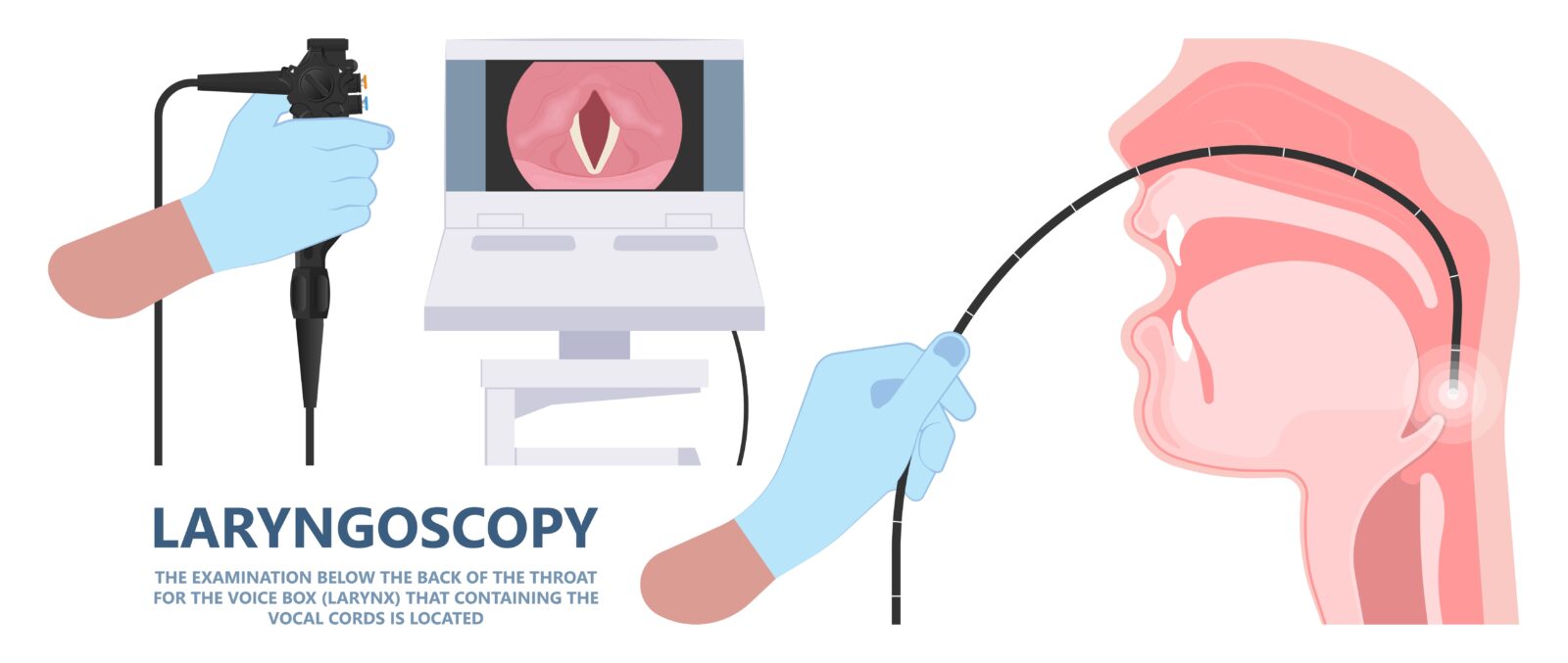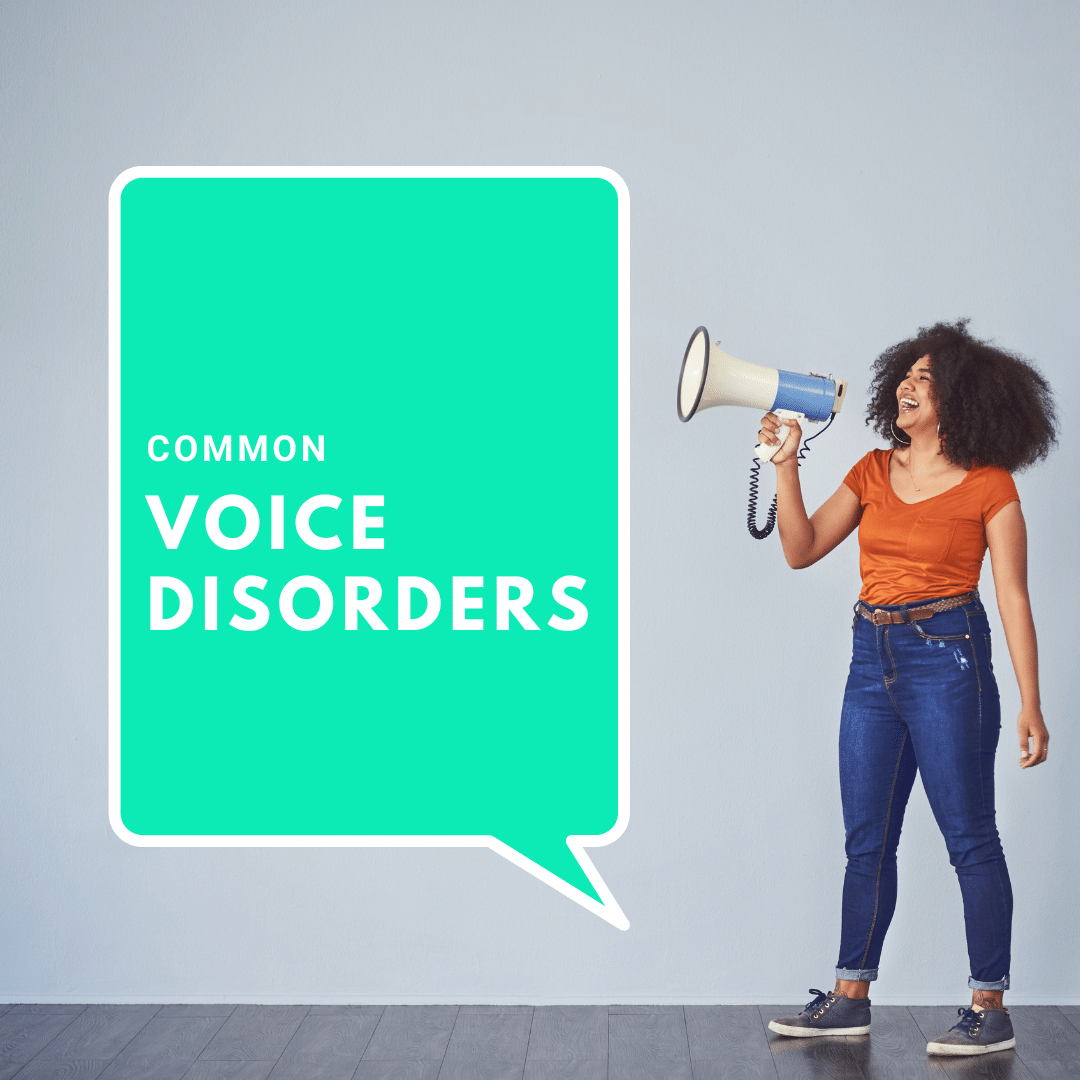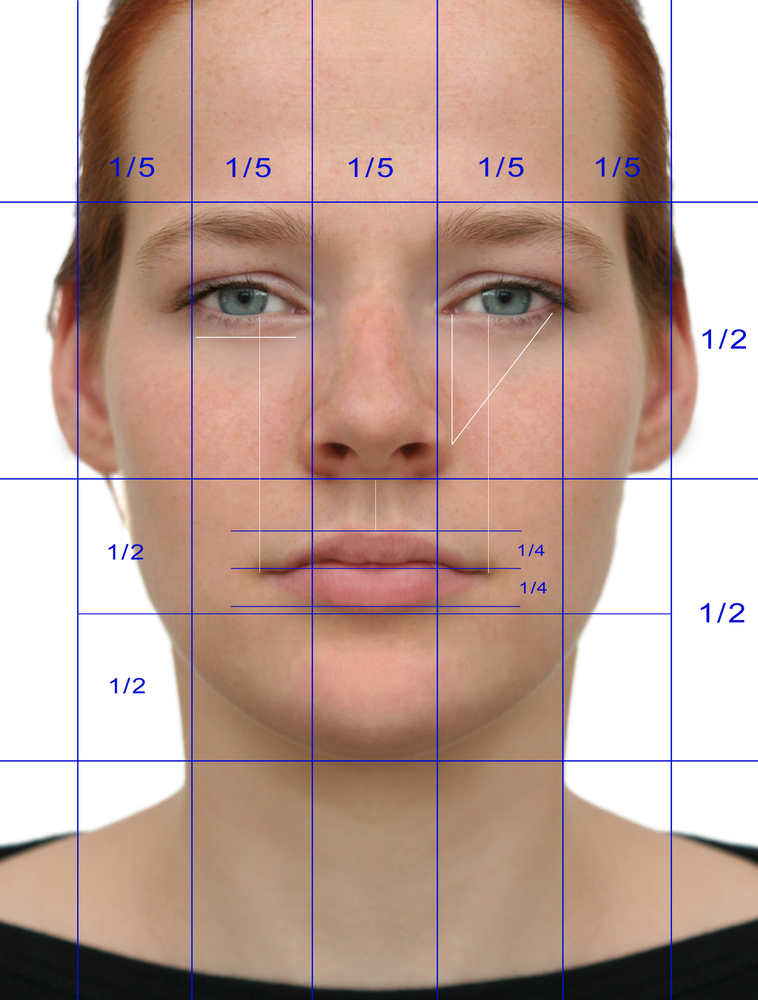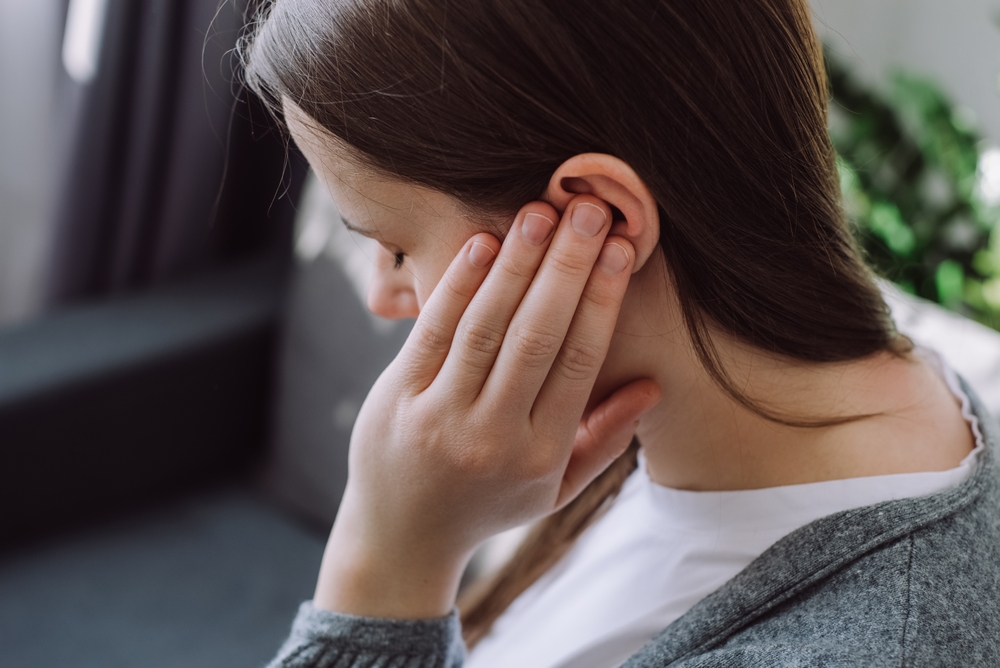Voice disorders are conditions that affect the quality or quantity of sound produced by the voice. There are many different types of voice disorders, each with their own unique set of symptoms and treatments. In this blog post, we will discuss four common voice disorders: vocal cord dysfunction, hoarseness, presbyphonia, and Parkinson’s induced dysphonia. We will explain what each disorder is, what the symptoms are, how it is diagnosed, and how it is treated.
Vocal Cord Dysfunction
Vocal cord dysfunction is a condition that affects the vocal cords. The vocal cords are two strips of tissue that vibrate when you speak, and they are located in the larynx (voice box). Vocal cord dysfunction can cause problems with speaking, such as hoarseness, a change in pitch, or difficulty projecting the voice. It can also cause problems with breathing, such as shortness of breath, wheezing, or a feeling of tightness in the chest. Vocal cord dysfunction is often caused by allergies, anxiety, or GERD (gastroesophageal reflux disease). It is diagnosed through a combination of a physical examination and a laryngeal videostroboscopy (a type of endoscopic exam). Treatment for vocal cord dysfunction may include allergy shots, medications to treat GERD or anxiety, voice therapy, and/or surgery.
Hoarseness

Hoarseness is a general term that refers to any change in the quality of the voice. It can be caused by many different things, such as infection, allergies, acid reflux, cigarette smoking, or overuse of the voice. Hoarseness can make the voice sound raspy, breathy, or rough. It can also cause a change in pitch or volume. Hoarseness is usually diagnosed through a combination of a physical examination and a laryngeal videostroboscopy (a type of endoscopic exam). Treatment for hoarseness may include voice therapy, medications, or surgery.
Presbyphonia
Presbyphonia is a type of voice disorder that is caused by aging. As we age, the vocal cords begin to thin and stiffen. This can cause the voice to sound weaker and less firm. Presbyphonia is often first noticed when people have difficulty speaking in a loud voice. It can also cause a change in pitch, such as a higher-pitched or quavery voice. Presbyphonia is diagnosed through a physical examination and/or laryngeal videostroboscopy. Treatment for presbyphonia may include voice therapy and/or medications.
Parkinson’s Induced Dysphonia
Parkinson’s induced dysphonia is a type of voice disorder that is caused by Parkinson’s disease. Parkinson’s disease is a neurological condition that affects the nerves and muscles. One of the symptoms of Parkinson’s disease is tremor, which can affect the vocal cords and cause the voice to sound shaky or quavery. Parkinson’s induced dysphonia is diagnosed through a physical examination and/or laryngeal videostroboscopy. Treatment for Parkinson’s induced dysphonia may include medications, voice therapy, and/or surgery.
In Conclusion
In this blog, we have discussed four common voice disorders: vocal cord dysfunction, hoarseness, presbyphonia, and Parkinson’s induced dysphonia. We have explained what each disorder is, what the symptoms are, how it is diagnosed, and how it is treated. These are just four of the many different types of voice disorders that can affect people. If you are experiencing any changes in your voice, it is important to visit the Anne Arundel Voice Lab so that they can determine the cause and provide you with the appropriate treatment.








